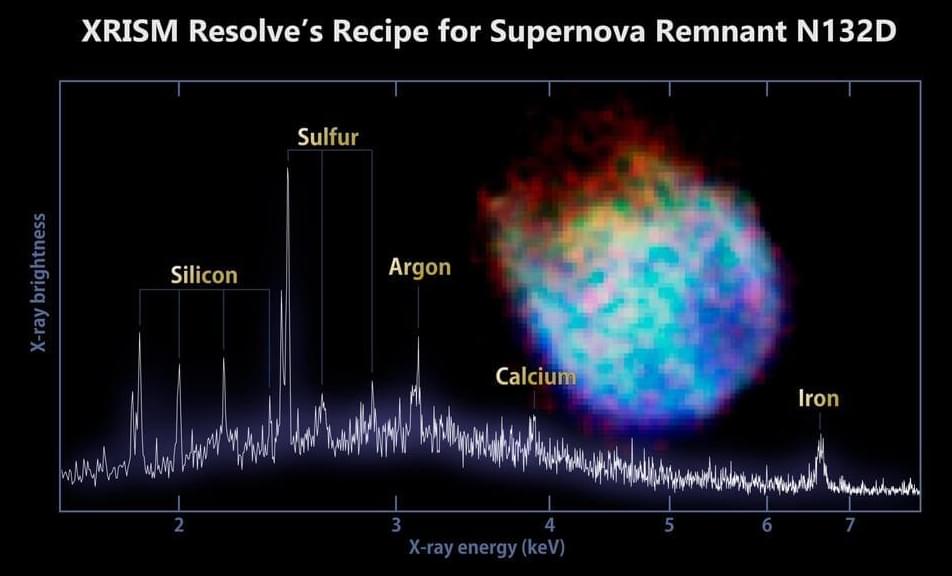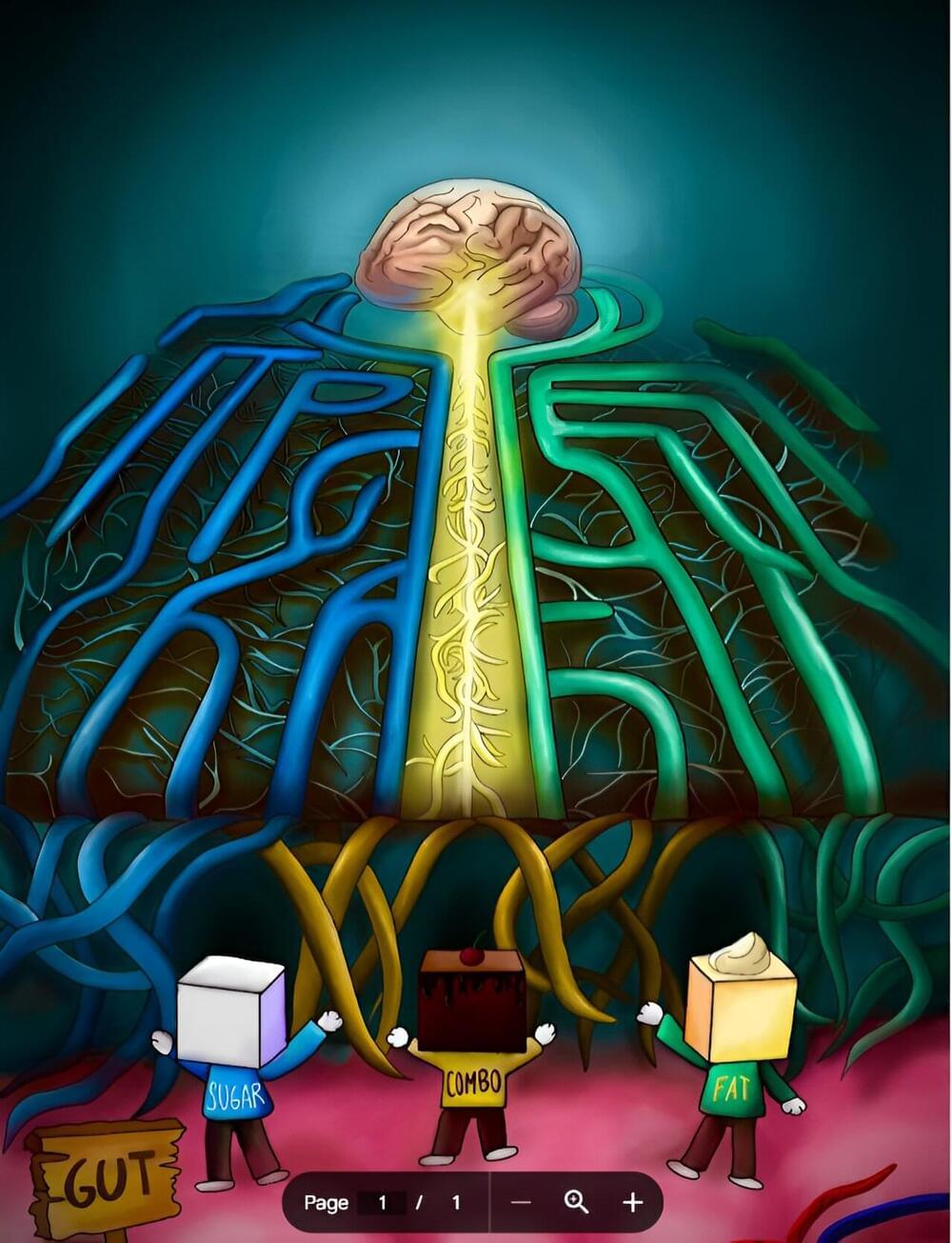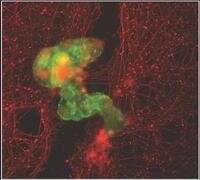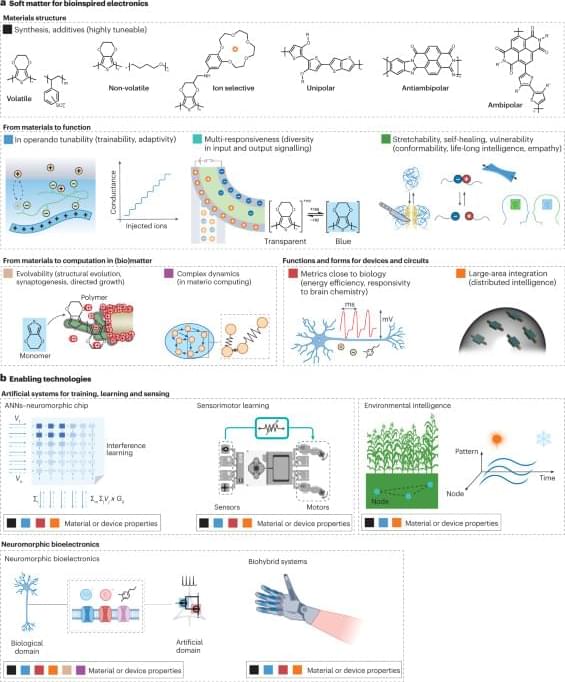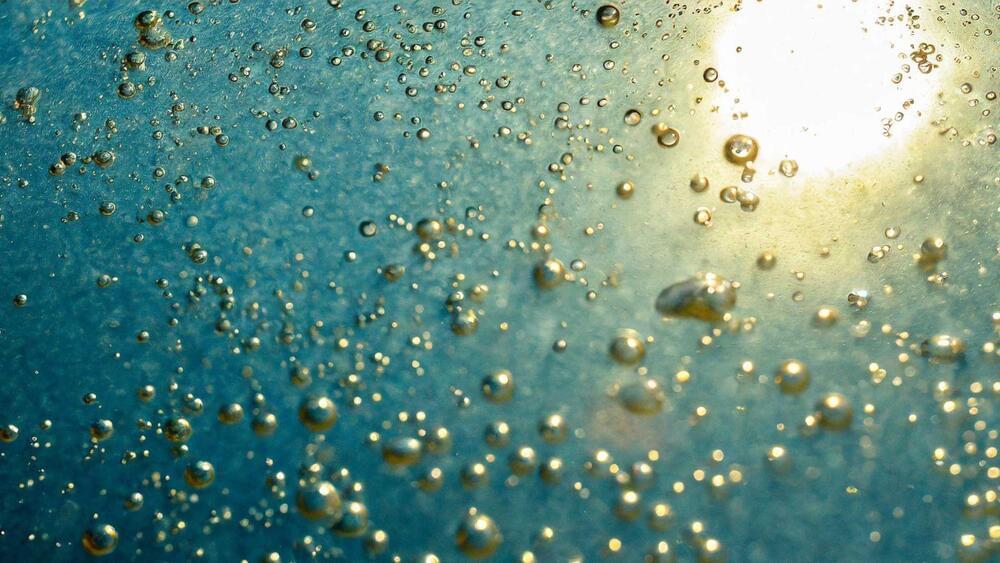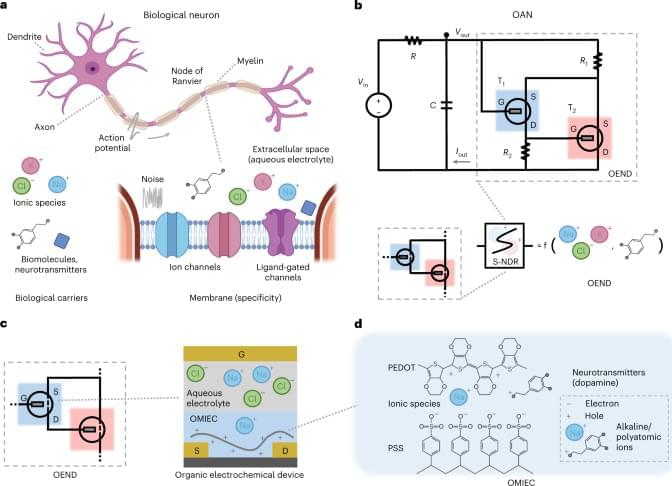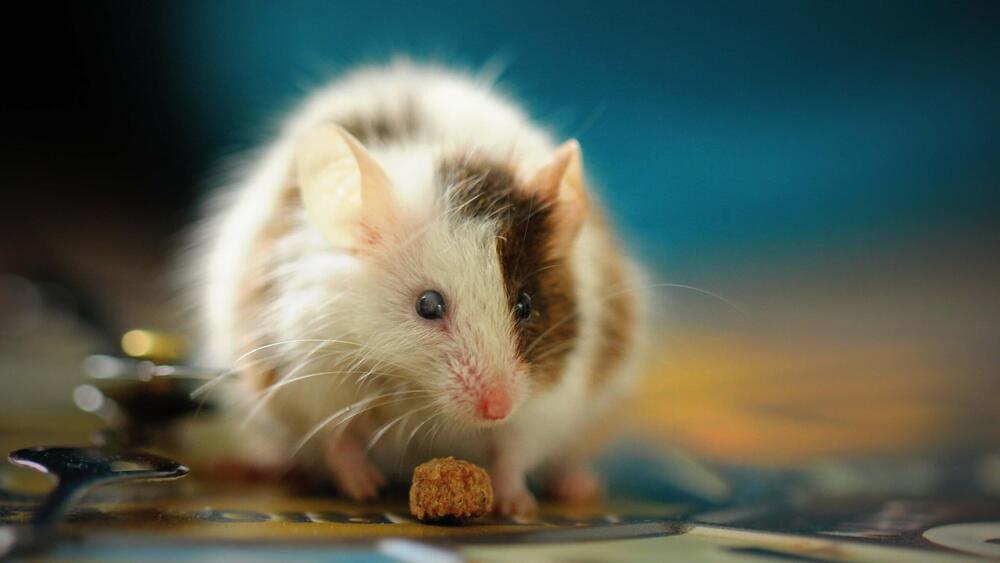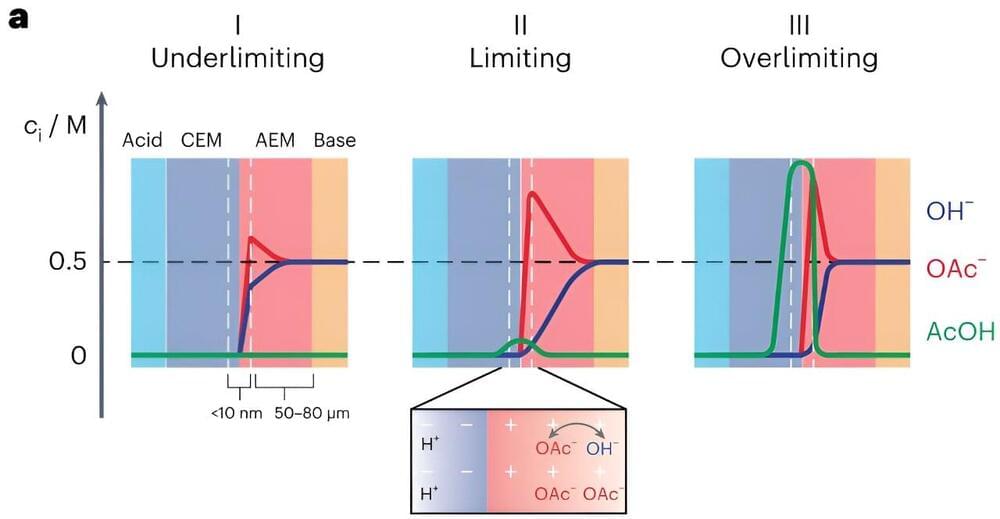XRISM’s first high-resolution spectrum of supernova remnant N132D offers unprecedented insights into the chemical and physical properties of the aftermath of a star’s explosion, enhancing our understanding of the universe’s elemental composition.
This image is the first high-resolution energy spectrum from the Resolve instrument on JAXA’s XRISM mission. It shows the energy of X-rays being produced within the remains of a massive star exploding in the nearby Large Magellanic Cloud, creating a ‘supernova remnant’ known as N132D. Spectra such as this one will enable scientists to measure the temperature and motion of X-ray emitting gas with unprecedented sensitivity and accuracy.
The spectrum indicates which chemical elements exist in N132D. XRISM can identify each element by measuring the specific energy of X-ray light that it emits (the label ‘keV’ on the x axis of the graph refers to kiloelectronvolts, a unit of energy). The ‘energy resolution’ of XRISM (its capability to distinguish X-ray light arriving with different amounts of energy) is incredible. The faint grey line shows the same spectrum from the XIS instrument on JAXA ’s Suzaku X-ray telescope (source). The energy resolution from XRISM is more than 40 times better over the energy range shown in this spectrum.
